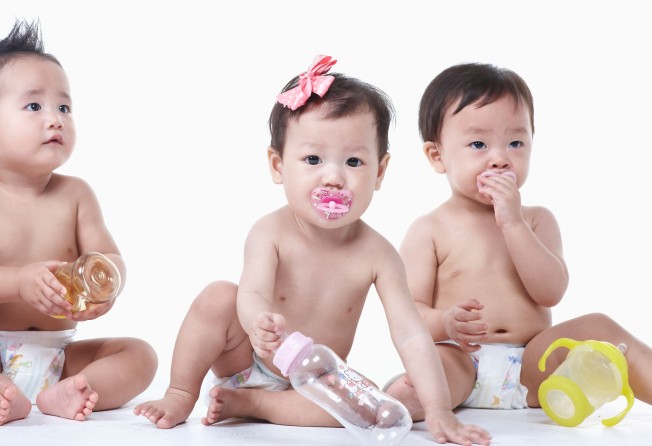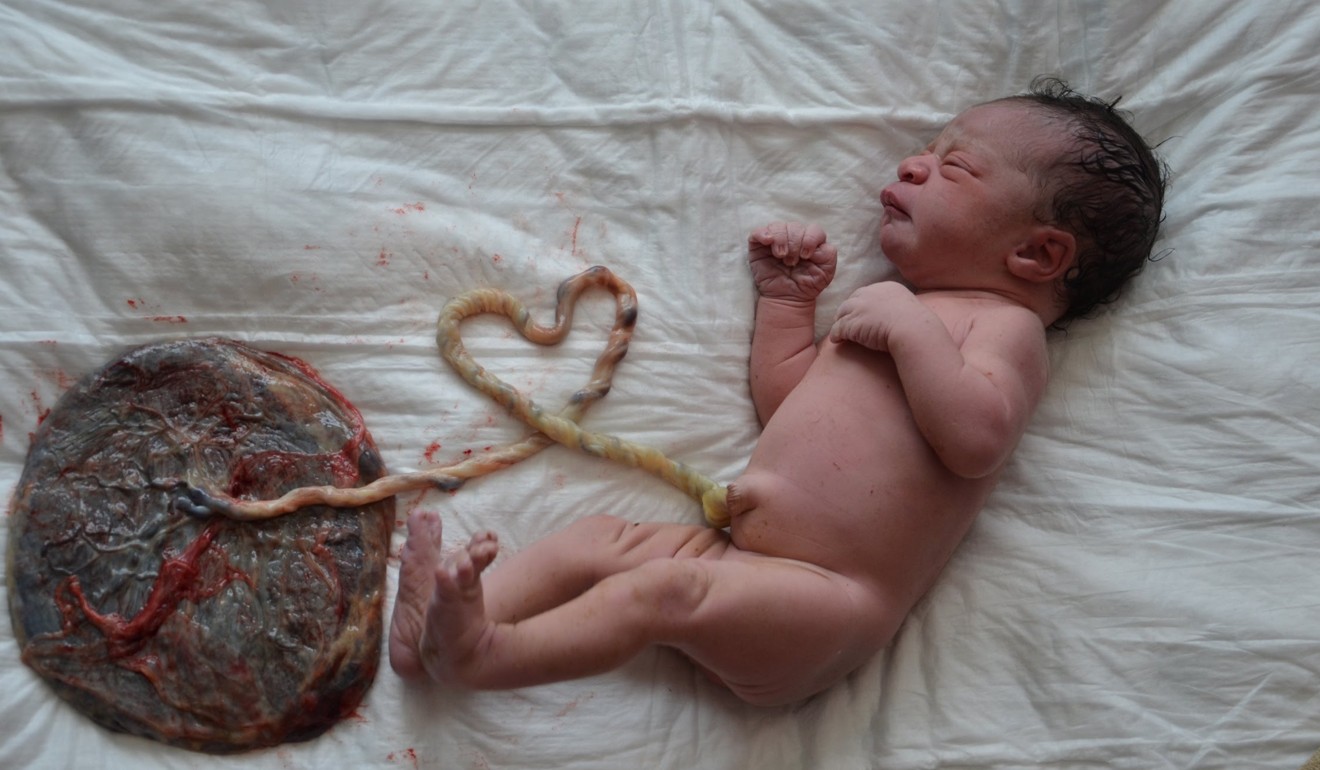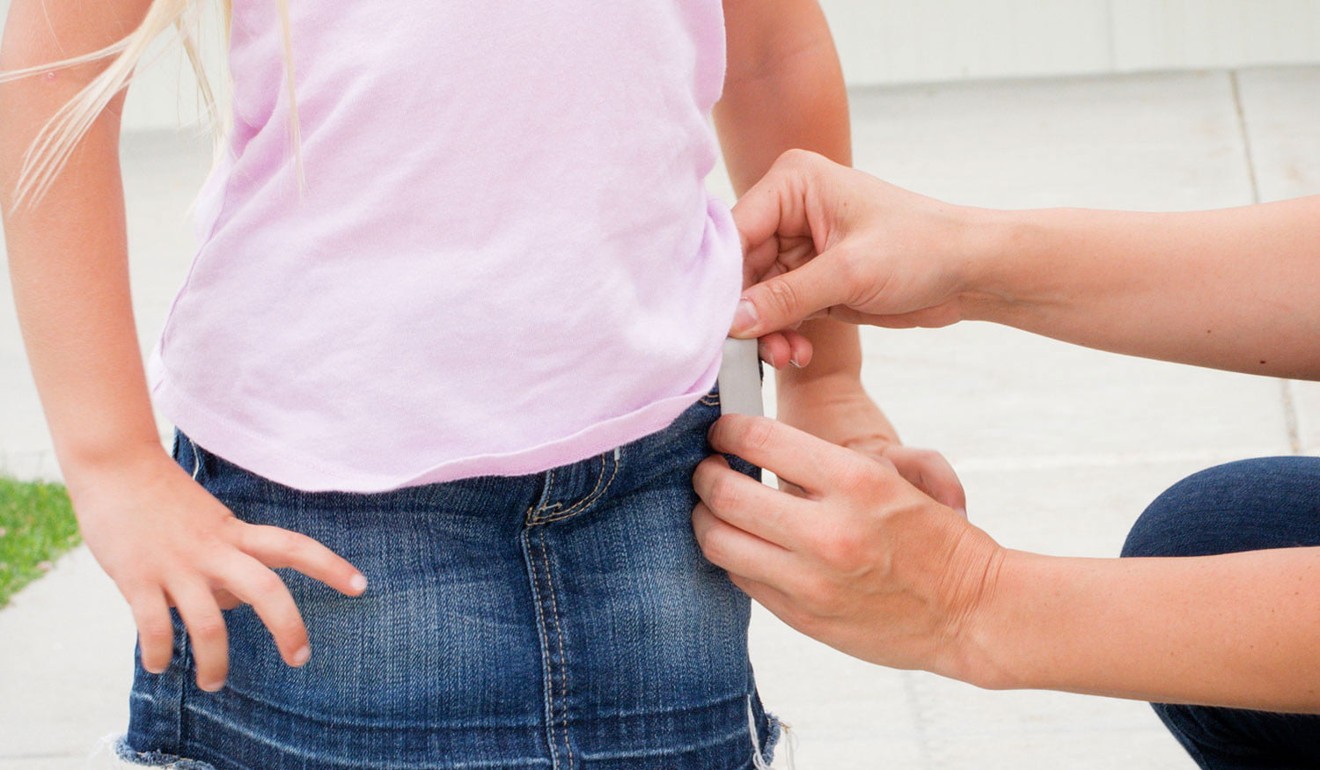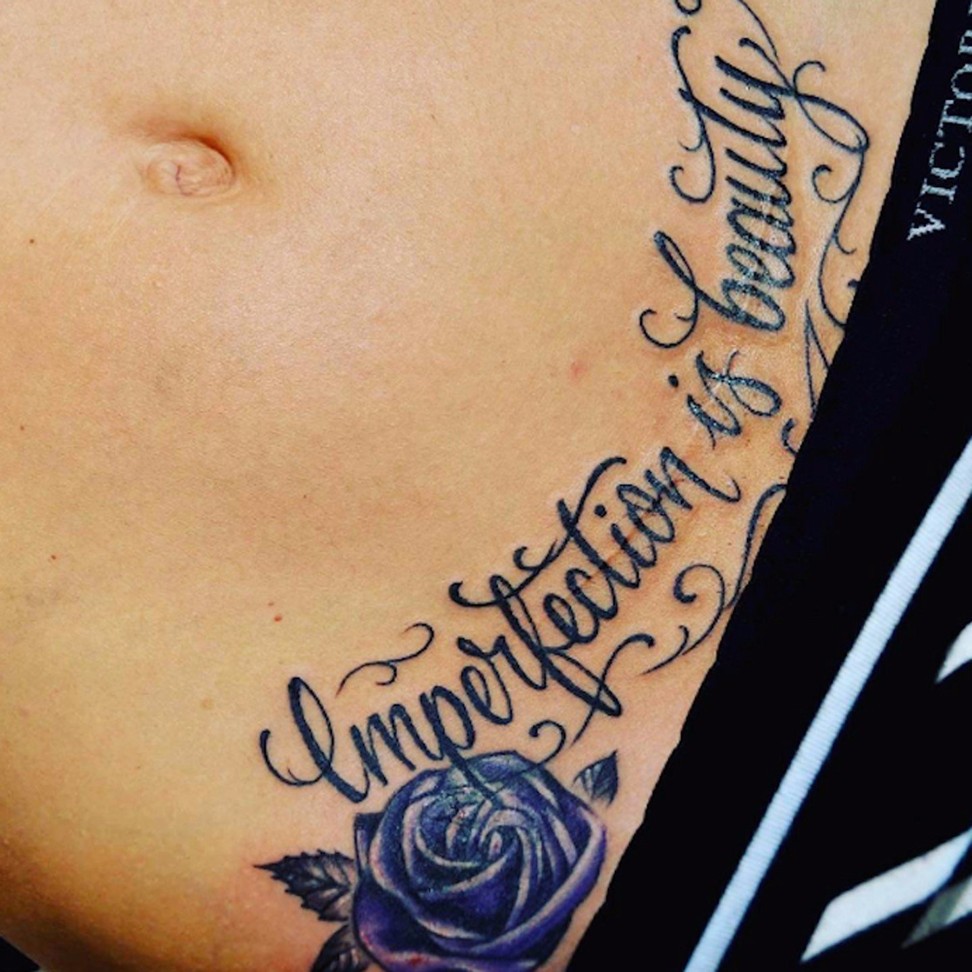Strange parenting trends down the years – and the latest fads
From using a rag dipped in sugar and brandy as a dummy to baby cages hanging outside buildings, parenting has gone through many fashions. Placenta eating and kid tracking are the latest popular crazes

How we raise our children has, over the generations, been subject to dozens of different fads and fashions. Some have stuck, like the dummy, which began life in 19th century America as sugar rags.
These were pieces of cloth tied tightly around sugar to create a ball sucked by babies to soothe them. Sometimes the fabric was moistened with brandy.
It’s difficult to imagine such a practice being adopted by parents in this day and age. Sugar and booze for babies?
Over several generations, these sugar rags, or sugar teats, morphed into the dummies we know and use today.
In around 1900, a rubber teat with a shield and handle was patented in the United States as a “baby comforter”. In the US today, 51 per cent of newborns use dummies, research suggests. In China it’s less than half that, at 23 per cent.
The bases for some of the trends that have taken hold since the first dummy nearly 120 years ago, though, were so outlandish that nothing sensible was ever going to come from them.
Until the 1920s many doctors and teachers believed that left-handedness in children must be “trained away”. Experts considered that to be left-handed indicated a child was defiant, wilful, and must be reined in. So if you could switch the dominant hand, you could manipulate a child’s personality.
The practices employed to “correct” left-handedness were cruel and often meant fitting a child with braces or tying the dominant hand behind their back.
In the 1920s, American psychologist John Watson, who wrote prolifically on child rearing, opposed the idea of showing your children affection. Ignoring children, he believed, built character.

“Let your behaviour always be objective and kindly firm. Never hug and kiss them. Never let them sit in your lap. If you must, kiss them once on the forehead when they say goodnight.
“Shake hands with them in the morning. Give them a pat on the head if they have made an extraordinarily good job of a difficult task,” Watson advised mothers.
Nobody today would advocate bringing children up in such an emotional desert. But in the 1920s they did, which is why it should come as no surprise that they also caged their kids to buy themselves a little peace and quiet, and to give their children some fresh air.
In the 1930s baby cages were popular, and especially so with mothers who lived in houses that did not have access to gardens. The cages could be helpfully suspended from windows to hang outside buildings.
The patent, granted in 1923, read: “It is well known that a great many difficulties rise in raising and properly housing babies and small children in crowded cities, that is to say from the health viewpoint.
“With these facts in view it is the purpose of the present invention to provide an article of manufacture for babies and young children, to be suspended upon the exterior of a building adjacent an open window, wherein the baby or young child may be placed.”
And to think, the world went nuts when Michael Jackson dangled his baby over a balcony.

By the 1940s, mothers were no longer told to ignore all their children, just the boys. Failure to do so, author Philip Wylie warned, would mean they’d grow up to be the most prissy people on Earth.
His reason for this was that mothers, those women chained to the home to cook and clean, simply did not have enough to do and were wasting time cosseting their sons instead.
If mothers were rolling their babies in lard or oil in the 1800s to protect their newborn skin, by the 1950s they were being encouraged to bathe their little ones three times a day (presumably to give them more to do so they didn’t have so much time on their hands that they spoiled their baby sons with love and affection).
In the 1960s a Miami-based paediatrician, Dr Walter Sackett, published a bestselling book, Bringing up Babies, in which he advocated solid food for newborns from two days old. (Imagine what the allergy experts would have to say about that now.)
Let your behaviour always be objective and kindly firm. Never hug and kiss them. Never let them sit in your lap
“Cereal the consistency of putty” ought to be fed to newborns, at noon and again at midnight, always before milk, and nothing but water should be offered between feeds, and even then only once.
Ignore the crying, he said – and there must have been a lot of it – as that will only encourage the “little tykes” to be spoiled.
“If we teach our offspring to expect everything to be provided on demand, we must admit the possibility that we are sowing the seeds of socialism,” he warned.
By three months babies could eat bacon and eggs, and by six months mothers were urged to give them a daily coffee.
Coffee and cigarettes were the name of the game in the 1960s, clearly: a leading obstetrics textbook at the time assured pregnant women that they could safely smoke up to half a packet of cigarettes a day. Magazines featured tobacco adverts that came with coupons offering discounts for household goods – so it was good for the home budget, too.
By the 1970s parents were being urged to send their daughters to charm school.
The Sears Discovery Charm School in the US promised to turn gawky girls into elegant young women by offering them the opportunity to study subjects such as “Exercise, Diet, Voice/Speech, Modelling, Skin Care/Grooming, Make-up, Fashion, and Manners”. Only a generation later, gender equality has certainly taken giant strides.
In the 1980s mothers were encouraged to place their babies to sleep on their tummies – a position that subsequently proved fatally linked to the rise of sudden infant death syndrome. Newborns are more likely to suffocate on their fronts and to overheat.
The latest weird parenting trends
Placenta eating
This one has gone in and out of vogue over the years but is a phenomenon that is growing in popularity in the US and Europe.
Some mothers, including celebrities who rave about it, have their placentas processed as capsules that they consume post-delivery in a bid to bump up milk production and stave off postnatal depression. Some doctors have warned against the practice because the capsules can carry infection. As one doctor reminds us: “The placenta is a waste product.”

Lotus births
On the subject of placentas, how about a lotus birth, when the umbilical cord isn’t cut and instead allowed to drop off naturally, to protect your newborn from “trauma”?
It’s a process that can take up to 10 days, during which time you are hefting around not just the baby but its attached and increasingly smelly placenta. That is because it’s not just a waste product, it’s a waste product that is rotting. However, you could place it in a handy little placenta bag decorated with a lotus logo.
Needless to say, doctors warn against this practice too because it predisposes the baby to all manner of infection.

Kid tracking
Helicopter parenting with a technological twist. Be the eye in the sky with kid-tracking devices. The Jiobit is a tiny gadget that weighs just 18 grams and clips onto your children’s clothes. It then sends you encrypted details of their exact location so you can follow them all day.
That won’t work for teenagers, but you can keep tabs on them with ReplyAsap, an app that freezes phone usage until they respond to your worried (nagging) text messages.
Sadly, both are a sign of our times.

Baby teeth bracelets and teething necklaces
Get your little darling’s teeth bronzed on Etsy (an e-commerce company that specialises in handmade objects), or somewhere similar, and then wear them around your neck or wrist.
The downside is you will have to figure out how you explain away the fact that you, not the tooth fairy, got the booty.
Teething necklaces? It says it on the tin: necklaces – and bangles – that your babies can gnaw on. Nice look, no? Accessories covered in bite marks and drool?

Tattoos on scars
This is a sort of cool maternal body adornment: tattoos to cover caesarean scars. The practice is growing in popularity in China, which has one of the highest caesarean section rates in the world.